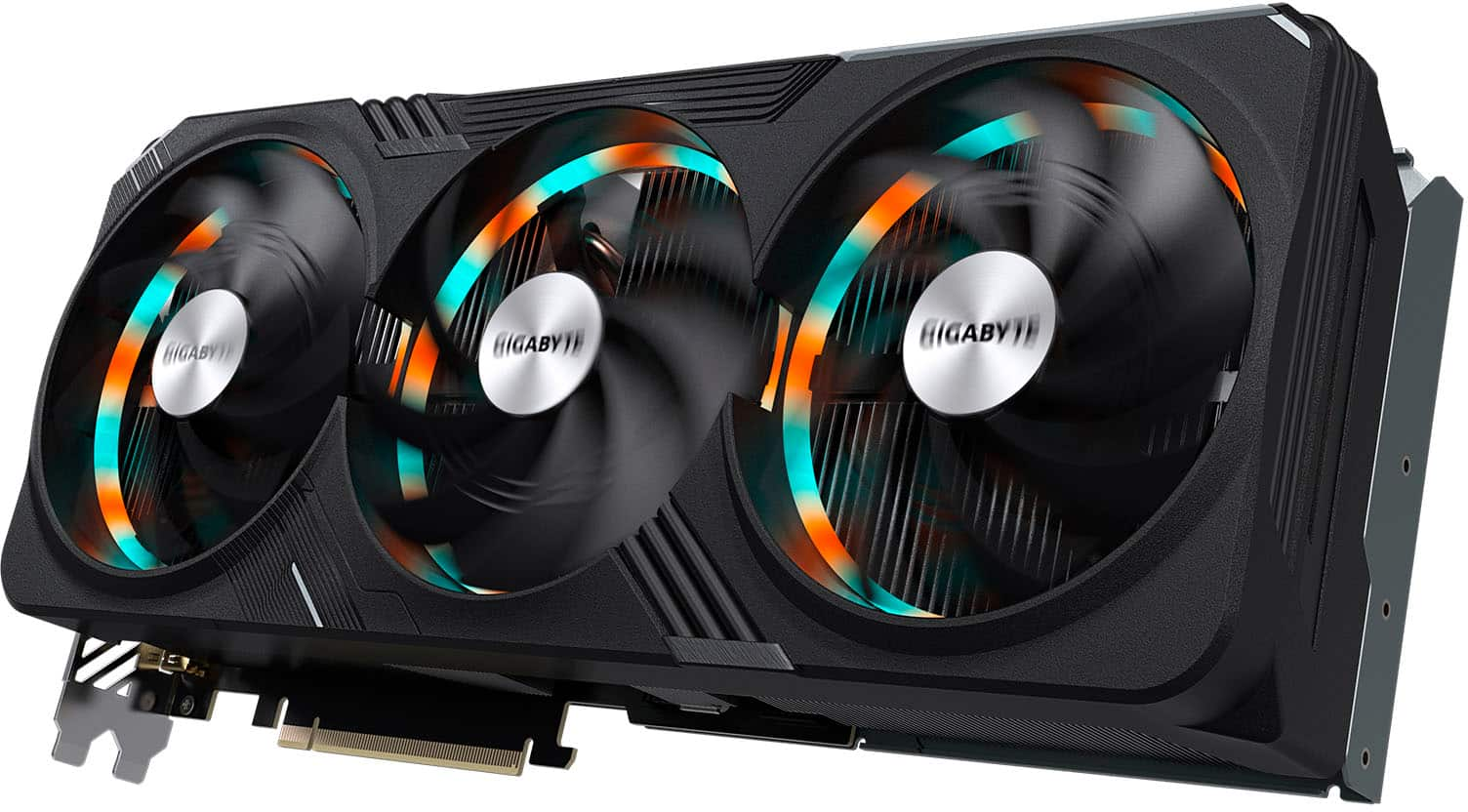A Progression of Graphical APIs: What’s In store for Graphics Processing Units

The realm of visuals processing units has undergone a remarkable transformation over the past several decades, evolving from basic display components to sophisticated systems that drive everything from interactive virtual reality to cutting-edge artificial intelligence. As technology continues to progress, the importance of the graphics card in computers grows increasingly more significant. With every iteration, GPUs have expanded limits, enabling developers to deliver stunning visuals and detailed simulations with unmatched efficiency.
Looking ahead, the prospects of GPUs promises additional innovative developments. Innovative trends point to a convergence of visuals and processing, where the capabilities of GPUs will not only improve visual experiences but also address difficult computational tasks. As industries examine the possibilities of machine learning and real-time rendering, the upcoming generation of graphics APIs will serve a pivotal role in shaping how we engage with digital content. With these advancements on the horizon, it is essential to reflect on how the evolution of graphics cards will impact computing in the years to come.
Chronological Overview of Visual APIs
The evolution of graphics APIs started in the initial days of personal computing when rendering functions were restricted and primarily software driven. Early visual programming involved immediate interaction with devices through low-level methods, making it awkward and difficult. The introduction of APIs such as Open Graphics Library and DirectX in the 1990s represented a major change, providing developers with uniform structures to leverage hardware acceleration for graphical applications. These APIs streamlined the process of developing complex graphics, clearing the way for more aesthetically rich experiences in games and multimedia applications.
As tech progressed, so did the capabilities of graphics cards, leading to the creation of even more sophisticated APIs. The late 1990s and early 2000s saw the introduction of programmable shaders, which permitted programmers to tailor graphics rendering on a pixel-by-pixel basis. This transition to custom graphics brought new levels of artistic control and image fidelity, further improving the game experience. The integration of these features into visual APIs broadened the possibilities for programmers, enabling the development of more complex and realistic graphics.
With the emergence of real-time ray tracing and the demand for higher performance, the subsequent generation of visual APIs has begun to appear. APIs such as Vulkan and DirectX 12 introduced more direct access to hardware, promoting more effective usage of multi-processor processors and reducing overhead. This advancement enables programmers to take complete benefit of current GPU architectures, setting the stage for developments in image rendering and interactive experiences. As visual technology continues to advance, we'll probably see further advancements that extend the limits of what is achievable in electronic graphics.

Current Trends in Graphics Processing Unit Tech
A of the most significant developments in GPU technology is the emergence of ray tracing. This method mimics the manner illumination behaves with items in a three-dimensional environment, resulting to incredibly lifelike graphics. Major video game engines and software are starting to integrate this technology, which improves the graphic quality of games and software. Companies have been developing GPUs specifically optimized for instant this capability, leading to new degrees of immersion for users.
Another important trend is the integration of AI into GPU processing. GPUs are more and more incorporating AI to improve performance and handle tasks like upscaling low-resolution images and enhancing frame rates. Such advancements has led in features such as Deep Learning Super Sampling, which enables for smoother gaming without the need for higher-end equipment. With AI keeps to evolve, we can expect even more advanced enhancements that push the limits of graphic performance.
In conclusion, the trend towards improved power efficiency is also gaining. With gamers and consumers require more powerful hardware, manufacturers are concentrating on optimizing energy use while maintaining high performance. This includes innovations in design and the application of new manufacturing processes, which assist reduce thermal output and overall energy consumption. Future GPUs are expected to continue this trend, balancing power and capability to meet the demands of modern computing.
Future Directions and Improvements
As we turn to the upcoming of rendering tech, the incorporation of artificial intelligence in GPU functions is set to transform performance. AI-driven algorithms can enhance rendering processes and improve image quality by anticipating and adding details that may be computationally expensive to render in real-time. This could result in even more interactive gaming experiences and quicker processing in creative applications, allowing developers and visual artists to expand horizons without diminishing performance or fidelity.
Another notable direction is the continued push towards real-time ray-traced graphics, which improves lighting, shadows, and reflections in virtual settings. The next generation of graphics cards is expected to include hardware-accelerated real-time ray tracing, making it possible to achieve high-quality graphics in live situations. This advancement will not only help gaming but also influence fields such as design and virtual reality, providing more realistic simulations and captivating user experiences.
Furthermore, the evolution of systems with multiple GPUs might re-emerge as a theme, driven by developments in applications and system tuning. As gpuprices.ai become increasingly challenging, the ability to utilize many graphic units for parallel processing could deliver unprecedented levels of performance. Innovations in timing and energy conservation will be essential, enabling users to utilize the capabilities of many graphics cards without the concurrent challenges of heat generation and higher energy use, thus paving the way for enhanced graphics solutions in the future.
